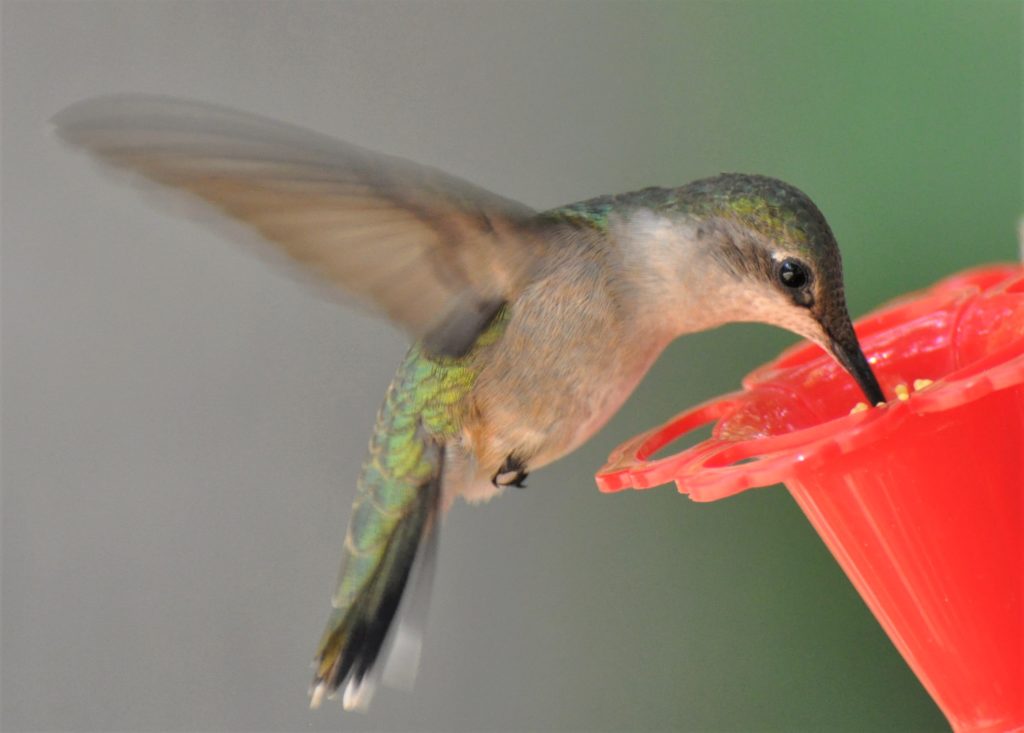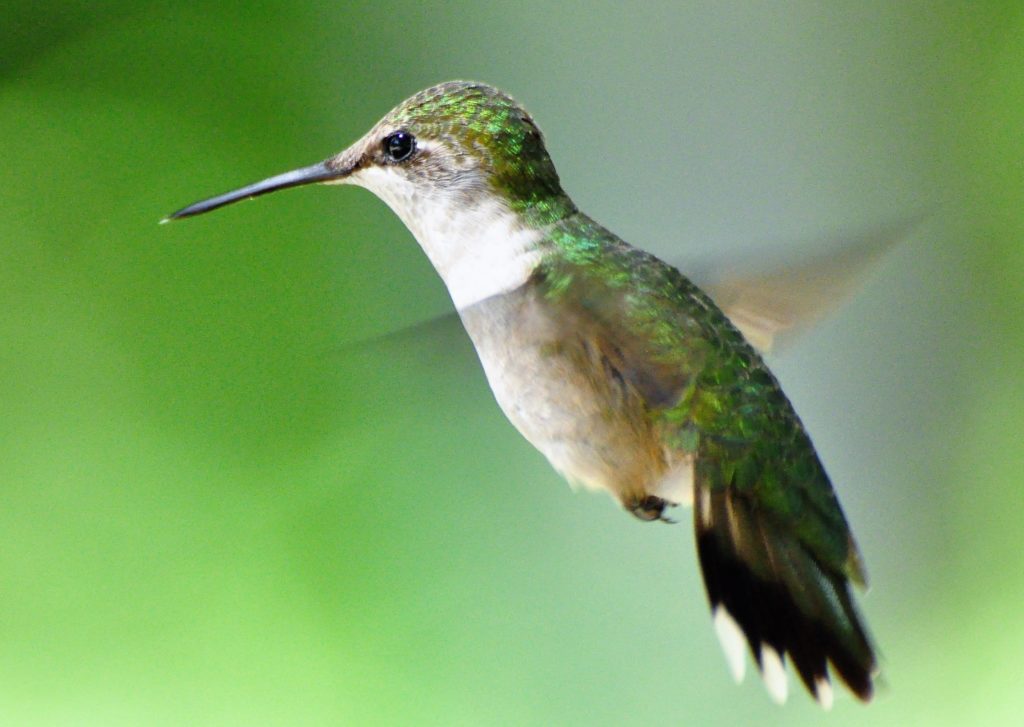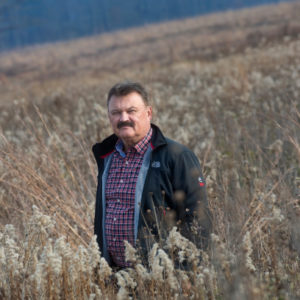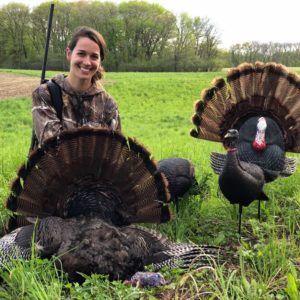Photography courtesy of Lowell Washburn, all rights reserved.
Mix the sugar water. Fill the backyard feeders. The fall migration of the ruby-throated hummingbird is underway. For those wishing to obtain an eyeball to eyeball encounter with our tiniest feathered travelers; there’s no better time than the present.

Although some of the hummingbirds we’re seeing may be holdovers from birds raised right here in Iowa, the bulk of the population is currently arriving from points north – many from as far away as northern Minnesota and Ontario, Canada. Although hummingbird numbers usually peak during the first half of September, Iowa’s fall migration will continue with reduced intensity until withering frosts drive the last stragglers southward. Most hummingbirds will spend the winter months in Central America. Some travel even farther.
Getting to those wintering grounds represents no small challenge, of course. During fall migration, a hummingbird may consume up to half its weight in flower nectar [sugar] each day. Backyard feeders save time and conserve energy by providing migrants with an unlimited quantity of fuel in one spot. For southbound ruby-throats, feeders are worth their weight in gold.

The most grueling phase of the annual fall flight begins on the shores of our southern coastline. Guided by starry constellations and powered with wings churning at upwards of 50 beats per second, hummingbirds will leave the Texas mainland and head directly across the Gulf of Mexico. Exhausting stored fuel reserves and pushing physical endurance to the limit; the birds will cross the entire watery expanse in a single nonstop 500-mile, nighttime flight. An incredible achievement for a bird weighing less than a quarter of an ounce and with a wingspan of only four inches.

 Tom Cope
Tom Cope Sue Wilkinson
Sue Wilkinson Susan Judkins Josten
Susan Judkins Josten Rudi Roeslein
Rudi Roeslein Elyssa McFarland
Elyssa McFarland Mark Langgin
Mark Langgin Adam Janke
Adam Janke Joe Henry
Joe Henry Kristin Ashenbrenner
Kristin Ashenbrenner Joe Wilkinson
Joe Wilkinson Dr. Tammy Mildenstein
Dr. Tammy Mildenstein Sean McMahon
Sean McMahon